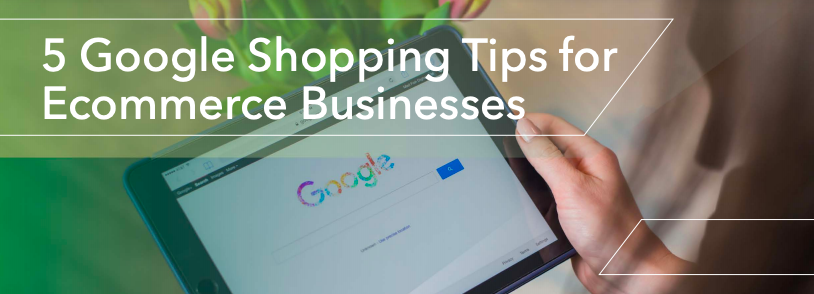The logistics behind the setup and optimization of a Google Shopping campaign are quite different from those of Search or Display campaigns. It can feel as if there is not an intuitive way to gauge exactly how well campaigns are performing. However, with some persistence and general knowledge, you can discover that Google shopping for your ecommerce company can become one of the most powerful sales tools you have.
Our paid media team at Mad Fish Digital has done the deep diving into Google Shopping and share below how to get the most out of your Google Shopping campaigns by optimizing your Google Shopping feed.
Want to have this information anytime? Download our Google Shopping checklist to have this info handy when you need it.
Your shopping feed is everything
It’s important to first understand that your feed is your biggest campaign optimization tool. If you’re having campaign performance issues, there is a high probability that it’s rooted in your feed. The best place to begin troubleshooting these issues is within Google Merchant Center, where you’ll be alerted to issues with disapproved products, 404 errors, and more. This should be your first stop to ensure you find any low-hanging fruit that can be corrected within your feed to immediately see performance improvements.
Order is important
User experience is an important factor in the Shopping game. When it comes to product titles and descriptions, stack attributes about your product in an order that helps the user determine quickly that your product fits their needs. Google says that your title shouldn’t be over 70 characters, but any product search on Google demonstrates that Shopping carousel results show at most about half that number. What that means is, you have maximum 35 characters to communicate exactly what your product is. Don’t waste those 35 characters on just anything, make sure they are used for product attributes that are most important to your buyers. This often includes brand, style, and color among others. This concept also applies to your product description.
Make sure products are correctly categorized in the Google taxonomy
Google asks you to specify a category (they provide a comprehensive list to choose from) into which your product fits. The great thing is, these categories feature several sub-levels and you can pick the absolute most relevant one to your product. This is important, as it makes sure your product is displaying in relevant searches and in the proper context. When a campaign manager selects the wrong category, it can drastically affect campaign performance. We once saw a product feed filled with hand tools, only to find they were all categorized as electric guitars! Talk about being a fish out of water.
Utilize product type and custom labels to organize your products
By using the Product Type and Custom Label features in a Google Shopping feed, you can spread out your buying power to your top-performing, highest-margin products. When I set up a feed, I usually look to the website to help me determine how to utilize Product Type. This feature is essentially a custom taxonomy that I can use to divide my products in the Shopping campaign and adjust bids and budgets according to performance. For example, with the hand tool feed mentioned a moment ago, I separated products by use case, then by specific tool function – exactly the way the navigation flows on the client’s website. From there I identified which products were most popular, as well as which had the best return on ad spend (ROAS).
That’s where Custom Labels come in. Once you know your top-performing products, you can use the Custom Label column within your feed to identify these products for further segmentation in your AdWords campaign. You can put your top performers in their own campaign and give them the majority of the budget, as one use example.
Fill out as many product attributes as you can
The more information Google has about your products, the easier it is to match your ads with the right shoppers online. While many attributes within a Shopping feed are optional, always review your feed to see what additional information you can include. Any product that is specifically tailored to a particular age, gender, or size, for example, should make sure to include this information in the feed. This will ultimately help you stay within your desired revenue-to-spend ratio and keep your conversion rates and ROAS high.
If you’re currently running or thinking about running a Google Shopping campaign to promote your products online, you have an incredibly powerful tool in your Shopping feed. Even if you have a feed already created that you feel is absolutely perfect, it’s important to remember that you still have the ability to perform testing and improve performance further. Make a plan to try out new product headlines, update product images, and test changes to your product page. In time you’ll find you have an efficient, effective way to sell your products online.
Want help implementing campaigns and building strategies? We got you.
Download our checklist and keep these tips in mind next time you’re looking to expand your business.


